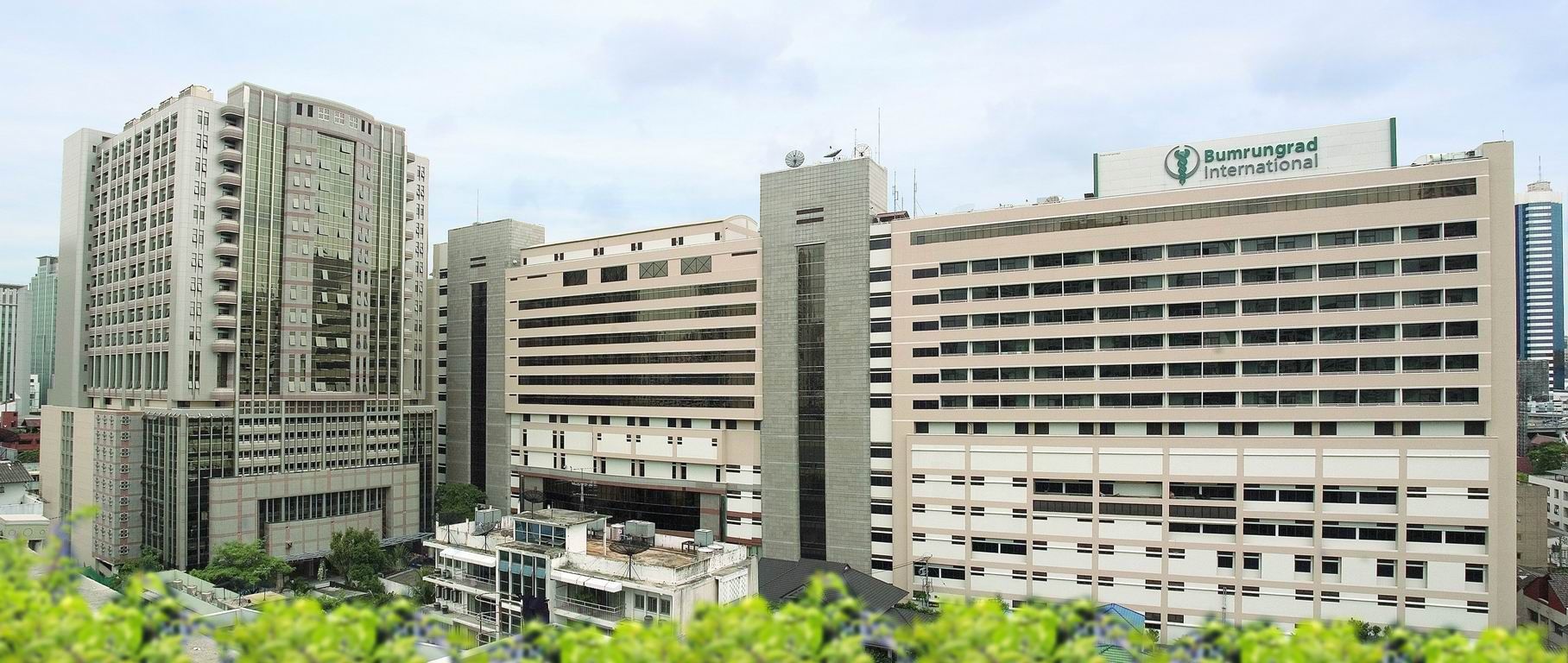Obstetrics and Gynaecology
Laparoscopic sterilization Treatment
Tubal ligation
Laparoscopy Sterilization is a procedure used to perform tubal ligation in women. Tubal ligation is a method of sterilization which involves obstruction of the fallopian tubes. The fallopian tubes are present on either side of the uterus and these extend toward the ovaries. The fallopian tubes receive eggs from the ovaries and then they are transported to the uterus.
What is Laparoscopic sterilization?
Laparoscopy Sterilization is a procedure used to perform tubal ligation in women. Tubal ligation is a method of sterilization which involves obstruction of the fallopian tubes. The fallopian tubes are present on either side of the uterus and these extend toward the ovaries. The fallopian tubes receive eggs from the ovaries and then they are transported to the uterus. Once the fallopian tubes are closed, the male's semen can no longer reach the egg. Laparoscopy enables the physician to complete tubal ligation by making a small cut near the navel. Recovery time after the surgery and the risks of complication are reduced due to the small incision.
Why laparoscopic sterilization?
Laparoscopic sterilization is for the women who no longer want any children; it provides a safe and convenient form of contraception. Once the sterilization is completed, no further steps are required to prevent pregnancy. Tubal ligation doesn’t change a woman's menstrual cycle or cause menopause. However, laparoscopic may not be fit for some women. In these cases, tubal ligation may be performed by laparotomy, a more extensive surgery that requires a larger abdominal incision with a day or two to recovery in the hospital.
Procedure
The patients are given a general anesthetic, which helps them relax their muscles and prevent pain during surgery. An intravenous line will be inserted into a vein in the hand or arm. Next, a device will be carefully inserted into the vagina to move the uterus. A small cut is then made near the navel. A laparoscope, a thin viewing tube about the width of a pencil, is passed through this incision and the abdomen is inflated with the aim to view the organs easily. A special device for grasping the fallopian tubes is then inserted through a small incision (second) made at the pubic hairline. The fallopian tubes are sealed in one of two ways, either with an electric current that makes the tube clot or with a band or clip that is placed over the tubes. After the fallopian tubes have been sealed, the laparoscope and grasping device are removed and afterward, the incisions are covered with a small bandage.
What should the patient expect after the procedure?
Recovering at home
- Driving and Alcohol must be prohibited for at least 24 hours after surgery.
- The patient can bathe at any time after surgery.
- The Bandage may be removed the morning after the surgery.
- Patients can return to their work three days after surgery.
Discomforts
- The abdomen may be swollen for several days after the surgery. Tylenol may be taken in order to relieve some pain.
- The patient may have a sore throat for a few days; throat lozenge may be used for this.
- The patient may have mild nausea; tea, soup, toast, gelatin, or crackers may help in relieving nausea. Light evening meal must be taken at the day of surgery.
- Gas in the abdomen may cause discomfort in the neck, shoulders, and chest for 24 to 72 hours after surgery has been performed. A warm shower, using a heating pad, or walking may help in reliving this discomfort.
Vaginal bleeding and menstruation
Vaginal bleeding up to 1 month after surgery is common. Many women do not have their next normal menstrual cycle up to 4 to 6 weeks after surgery. When the normal cycle returns, they’ll be heavier bleeding and more discomfort than usual for the first two to three cycles.
Sex Life
Sex drive and sex life won’t be affected. The patient can have sex as soon as it’s comfortable to do after the operation. If the patient had tubal occlusion, contraception may be used during the first period, to help prevent them from pregnancy. Sterilization is ineffective against sexually transmitted infection, so certain measure must be taken so as to prevent STI’s.
Pregnancy after Laparoscopic:
Once the sterilization has been performed if the patient changes their mind, attempts to reverse it may not work. Even after tubal sterilization is reversed, many women are still not able to get pregnant. Also, the risk of problems, such as ectopic pregnancy, is increased considerably.
Advantages and Disadvantages:
Advantages:
- It is very effective at preventing pregnancy success rate is close to 99%
- The procedure involves the blockage of the fallopian tubes and removal of the tubes, which prevent pregnancy but the patient must use contraception until their next period
- it won't affect the patient’s sex drive or interfere with sex
- it won't affect the patient’s hormone levels
Disadvantages:
- It doesn't protect against STIs, so condoms may be used to prevent STIs
- Laparoscopic sterilization can't be easily reversed,
- It is very rare that this procedure fails, the fallopian tubes can rejoin and make the patient fertile again
- Complications, like internal bleeding, infection or damage to other organs are very rare in this procedure
- If the patient gets pregnant after the operation, there's an increased risk that it will be an ectopic pregnancy
Before the Laparoscopic sterilization
Before the Laparoscopic sterilization takes place, the doctor may tell the patient to stop taking drugs that could make it hard to clot the blood. These drugs may include Advil, Coumadin, or aspirin. All medication consumed by the patient should be told to their respective doctor. The patient will be advised not to eat or drink anything after midnight the night before their surgery, or for eight hours before the procedure.
Are there any alternatives to the surgery?
Long-acting reversible contraception, such as the intrauterine device or implant, these methods last for several years. They are as effective as sterilization in preventing pregnancy. They can be removed at any time if the woman wants to become pregnant.
How soon will I recover?
After surgery, the patients stay in a recovery room and are observed for any further possible complications. Patients are discharged after they receive instructions for home recovery, they will be asked to see their physicians for a follow-up appointment within 2 to 8 weeks.
TREATMENT-RELATED QUESTIONS
GetWellGo will provide you end-to-end guidance and assistance and that will include finding relevant and the best doctors for you in India.
A relationship manager from GetWellGo will be assigned to you who will prepare your case, share with multiple doctors and hospitals and get back to you with a treatment plan, cost of treatment and other useful information. The relationship manager will take care of all details related to your visit and successful return & recovery.
Yes, if you wish GetWellGo can assist you in getting your appointments fixed with multiple doctors and hospitals, which will assist you in getting the second opinion and will help you in cost comparison as well.
Yes, our professional medical team will help you in getting the estimated cost for the treatment. The cost as you may be aware depends on the medical condition, the choice of treatment, the type of room opted for etc. All your medical history and essential treatment details would be analyzed by the team of experts in the hospitals. They will also provide you with the various types of rooms/accommodation packages available and you have to make the selection. Charges are likely to vary by the type of room you take.
You have to check with your health insurance provider for the details.
The price that you get from GetWellGo is directly from the hospital, it is also discounted and lowest possible in most cases. We help you in getting the best price possible.
No, we don't charge patients for any service or convenience fee. All healthcare services GetWellGo provide are free of cost.
Top Doctors for Obstetrics and Gynaecology
Top Hospitals for Obstetrics and Gynaecology
Contact Us Now!
Fill the form below to get in touch with our experts.

.png)





